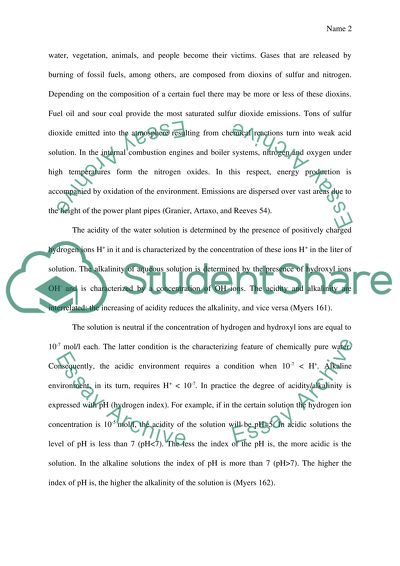Cite this document
(“Acid rain Research Paper Example | Topics and Well Written Essays - 1000 words - 1”, n.d.)
Acid rain Research Paper Example | Topics and Well Written Essays - 1000 words - 1. Retrieved from https://studentshare.org/biology/1606962-acid-rain
Acid rain Research Paper Example | Topics and Well Written Essays - 1000 words - 1. Retrieved from https://studentshare.org/biology/1606962-acid-rain
(Acid Rain Research Paper Example | Topics and Well Written Essays - 1000 Words - 1)
Acid Rain Research Paper Example | Topics and Well Written Essays - 1000 Words - 1. https://studentshare.org/biology/1606962-acid-rain.
Acid Rain Research Paper Example | Topics and Well Written Essays - 1000 Words - 1. https://studentshare.org/biology/1606962-acid-rain.
“Acid Rain Research Paper Example | Topics and Well Written Essays - 1000 Words - 1”, n.d. https://studentshare.org/biology/1606962-acid-rain.


